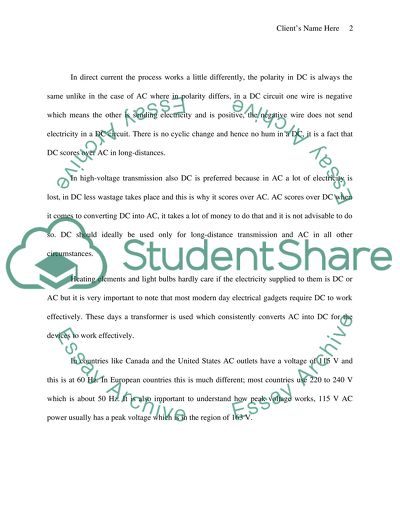Cite this document
(“Alternating Current and Direct Current Essay Example | Topics and Well Written Essays - 2000 words”, n.d.)
Retrieved from https://studentshare.org/physics/1428489-alternating-current-and-direct-current
Retrieved from https://studentshare.org/physics/1428489-alternating-current-and-direct-current
(Alternating Current and Direct Current Essay Example | Topics and Well Written Essays - 2000 Words)
https://studentshare.org/physics/1428489-alternating-current-and-direct-current.
https://studentshare.org/physics/1428489-alternating-current-and-direct-current.
“Alternating Current and Direct Current Essay Example | Topics and Well Written Essays - 2000 Words”, n.d. https://studentshare.org/physics/1428489-alternating-current-and-direct-current.


